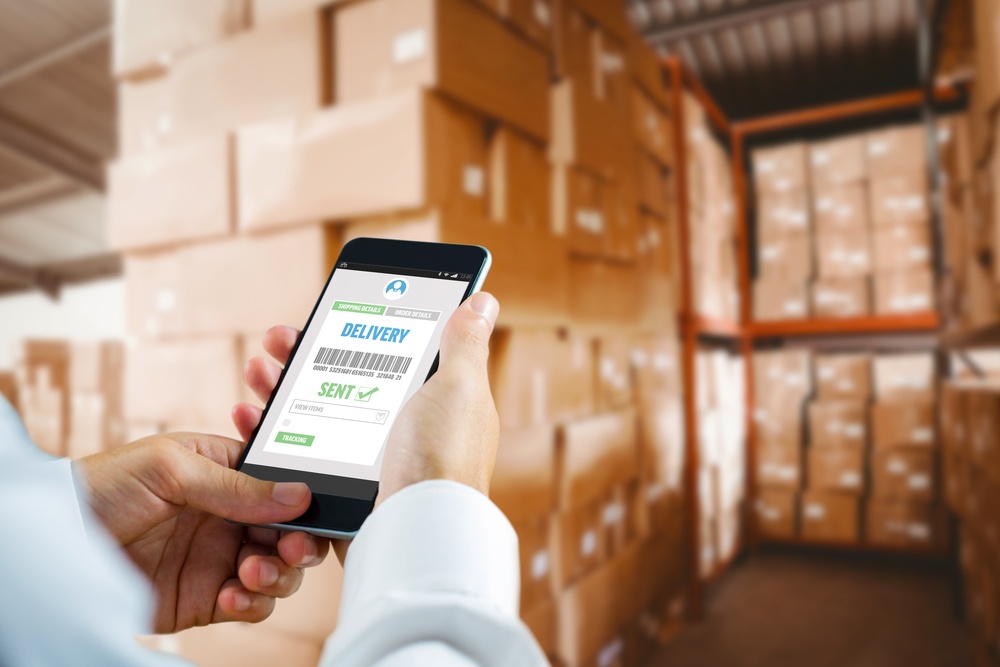BYOD - Putting Mobile Devices to Work

What do at least 70% of your workers likely bring with them every day when they report to work? Here's a hint: if they're millennials, it's more like 85%.
You know it: The correct answer is their smartphone.
The penetration of smartphone usage is no surprise. But making use of the attachment (or addiction, as some in older generations see it) that so many feel for their device is not yet commonplace for supply chain employers.
The phenomenon, known as BYOD (Bring Your Own Device), has until recently mostly been seen as a security liability, as users may link their unsecured phones (or tablets) to company networks for email and data sharing, thereby potentially introducing malware and viruses and opening the door for hacking attacks.
Benefits
Acceptance is growing however, and more companies are adopting BYOD as official IT policy, with good results.
In fact, recent research shows that there can be significant cost savings for the company that uses BYOD. By off-loading the cost of the mobile device, and its network connectivity to the employee, employers can realize savings of up to about US$80 a month per worker. [2]
And remarkably, workers don't balk at this. Since they already use the device, having the freedom to use it at work means they don't have to switch devices, they know how to use it, and "they’d rather use the devices they love rather than being stuck with laptops and mobile devices that are selected and issued by the IT department." [2]
A worker who is happy with the technology he or she uses for work will be more productive and efficient, and won't need much—if any—training.
Another benefit for the employer is the tendency for personally owned devices to be updated frequently, allowing access to the most cutting-edge technologies without the lag that's common in enterprise IT updates.
Drawbacks
Security concerns, as noted above, have long been the stumbling block for BYOD programs. Security protocols mean that not all devices can be used, and there is more administration required to ensure that the devices being brought in to work are using device- or application-management software. [3]
While the cost for the employee is not widely considered a liability, in areas where smartphones are not common, or service is expensive, there may be pushback if workers are asked to provide their own device.
And while the frequency with which people update their smartphone is a selling point, it can also lead to a wide disparity in device capabilities, making it difficult to standardize apps. [4]
Another significant concern is compliance and ownership of data, especially when border-crossing agreements (like C-TPAT) are in play, as they will be in supply chain applications. When workers quit or are fired separating out company data from a worker's device can be a headache. There need to be clear policies on how the company will be able to access its data from an employee's phone when this happens. [2]
Supply Chain Applications
Once you have the cost equation figured out and can ensure the necessary security is in place, mobile devices for supply chain workers are really a no-brainer. With their GPS capabilities they are ideally designed for transportation applications like routing, tracking, and scheduling arrivals and departures.
Their tracking capabilities allow for continuous updating of progress on deliveries and for locating the individual who carries them. This is useful both on the road, and in large distribution facilities. For example, it allows for drivers to check in remotely, scan documents, and report any discrepancies, saving time and paperwork.
Messaging, email, and phone are also clear advantages in the fast-moving world of third party logistics and order fulfillment. The ability to use the phone itself for order picking in a DC—using scanning capabilities—make it a one-stop shop of efficiency, convenience and ease of use.
More good news is that you needn't commit to BYOD in order to take advantage of these capabilities. Innovative companies have distributed smartphones to warehouse order pickers in lieu of single-purpose data capture technology. Not only does the worker get to have a free smartphone to use personally and at work, but the amount of training required is practically nil. In one company the entire supply chain is run from the devices. [5]
So whether you opt for BYOD, or choose to supply the device, mobile technology is an extremely promising and still untapped area that you should consider exploiting to gain efficiencies and competitive advantage.
- Mobile Millennials: Over 85% of Generation Y Owns Smartphones, 09-05-2014; http://www.nielsen.com/us/en/insights/news/2014/mobile-millennials-over-85-percent-of-generation-y-owns-smartphones.html
- Tony Bradley, "Pros and Cons of Bringing Your Own Device to Work", PCWorld, Dec 20, 2011; http://www.pcworld.com/article/246760/pros_and_cons_of_byod_bring_your_own_device_.html
- How to weigh BYOD benefits and risks; http://searchmobilecomputing.techtarget.com/essentialguide/How-to-weigh-BYOD-benefits-and-risks
- Scott Drayton, The Advantages and Disadvantages of BYOD, 17th Sep 2013; http://www.businesszone.co.uk/community-voice/blogs/scott-drayton/the-advantages-and-disadvantages-of-byod
- Emily Atkins, "Managing your warehousing costs--MM&D presents at Cargo Logistics Canada 2015", March 5, 2015; http://www.mmdonline.com/dc-and-warehouse-operations/managing-your-warehousing-costs-139354/

